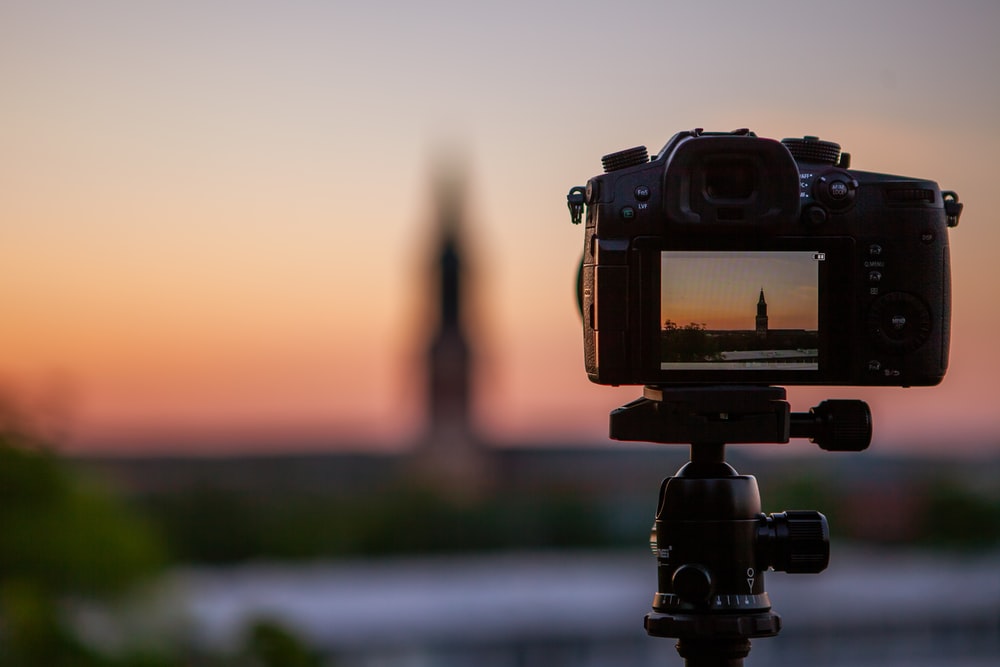How to effectively increase online sales? Our answer to such a question most often is: by combining different advertising channels. Thanks to diversification, we can not only reach different groups of recipients, but also stop being dependent on one medium, which in the event of a failure or other unexpected situations suddenly cuts us off from the source of most purchasing transactions. One of the most popular combinations in the case of online campaigns is the Google Ads and Facebook Ads duo, which gives the greatest range and the greatest number of options for selecting the target group. Below we present the results that can be achieved with it in the photographic industry.
Our client has been operating on the market for almost twenty years, selling cameras and photographic accessories for both amateurs and professionals. It offers high-quality laboratory equipment and services, thus providing its recipients with comprehensive service. In the case of Google Ads for this client, we operate equally completely: we run text, product, video (on YouTube) and display campaigns, including remarketing. We’ve already got to know your audience, so we can focus on campaign optimization, achieving more and more conversions within our budget. Let’s take a look at how the combined results of all these campaigns changed over the course of a few months – from March to June this year.
Clicks and conversions
Testing and optimization measures in the customer’s account have led to a significant change in the number of clicks. At the turn of February and March, advertisements collected about 11,000 clicks, and in May-June it was slightly more than 15,000 clicks per month, which is an increase of 39.9%.
However, this parameter is not the most important in ad statistics – clicks in themselves increase website traffic, but they do not have to be associated with the achievement of the most important goal, which is the purchase. What’s more, a large number of clicks with a small number of transactions may indicate a poorly selected target group or an unclear advertising message. In this case, however, it can be seen that both the recipients and the content of the message have been correctly selected. You can see this clearly in how the number of conversions has changed over the period – it increased by 85%. The cost of obtaining them changed very slightly, only by slightly more than 5%.
Profits from the campaign
The good results achieved in the campaigns made the client decide to allocate more funds to Google Ads – in three months the budget almost doubled (by 94.07%). In February / March, we spent about $ 8,000 on advertising on Google, and at the turn of May and June, over $ 15,000. The client’s willingness to invest led to even more tests, which made the results even more satisfactory. Revenue increased from $ 114,374 to $ 560,431, almost 390%. In other words, raising the budget by about $ 7.5 thousand allowed to achieve income higher by over $ 446 thousand.
Return on advertising investment in Google Ads increased from 1,416% to 3,575%. What does it mean? Simply put, at the turn of February and March, each dollar spent brought about $ 14 in revenue, while three months later it gave almost $ 36.
Facebook Ads
The results from Facebook ads show even greater progress. In their case, however, it should be noted that the default data attribution settings are selected in such a way that the system also counts indirect purchases in the statistics. What does this mean exactly? When counting conversions, it takes into account the attribution model 7 days after the ad is clicked and 1 day after it was displayed. As a result, he also credits himself with conversions that have already taken place in other channels and for which Facebook did not have to be the last channel on the shopping path.
This is justified, because Facebook is a channel that does not respond with advertisements to the directly expressed shopping intention in the search engine, and selects advertisements that best match the user’s preferences.
Clicks and conversions
The number of clicks on Facebook Ads did not change as rapidly as in the case of Google campaigns – it increased from 7803 to 8709, i.e. by about 11.6%. However, as we have already mentioned, clicks do not directly translate into profits, and the most important statistics parameters are the number and cost of conversion. In the case of the number of conversions, the increase is more clearly visible – from 132 to 184, i.e. by 39.4% in three months. As for the cost of a single conversion, the level remained very similar – the fee for acquiring one customer decreased by $ 1.51, a decrease of about 3.5%.
Profits from the campaign
We increased the budget for the Facebook Ads campaign by 34.6%, or about $ 2,000. The revenue generated thanks to this channel increased by $ 685,573, which, with the given budget, means an increase of 283.4%. ROAS, i.e. the return on investment for this campaign for the period May 16-June 15, 2021 was 11981%, which, even when counting indirect purchases, is a very good result for this type of campaign.
